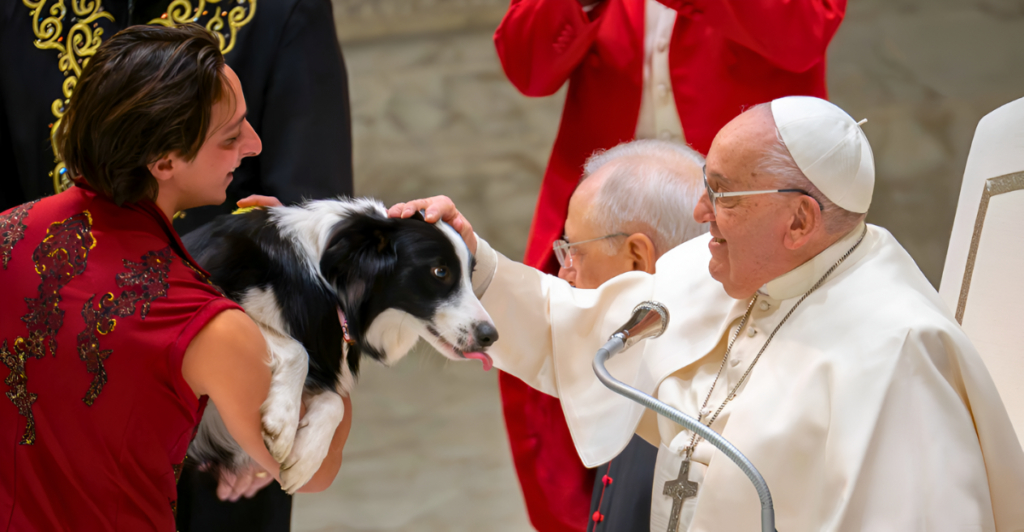
For centuries, animals in religious life were often relegated to symbolism or seen as companions to saints. But Pope Francis, named after St. Francis of Assisi—the patron saint of animals—has consistently brought them to the spiritual forefront.
His blessings aren’t just quaint customs; they reflect a deeper belief that all life is sacred. In a time of growing concern over environmental degradation and animal ethics, these gestures emphasize that care for creation includes all beings. Whether blessing livestock or speaking on animal welfare, the Pope’s actions challenge long-standing hierarchies between humans and other creatures.
These six moments when he publicly blessed animals offer a compelling vision of modern faith—one that calls for kindness, inclusion, and ecological justice for the entire natural world.
1. Blessing the Warhorses—A Ritual of Power and Compassion
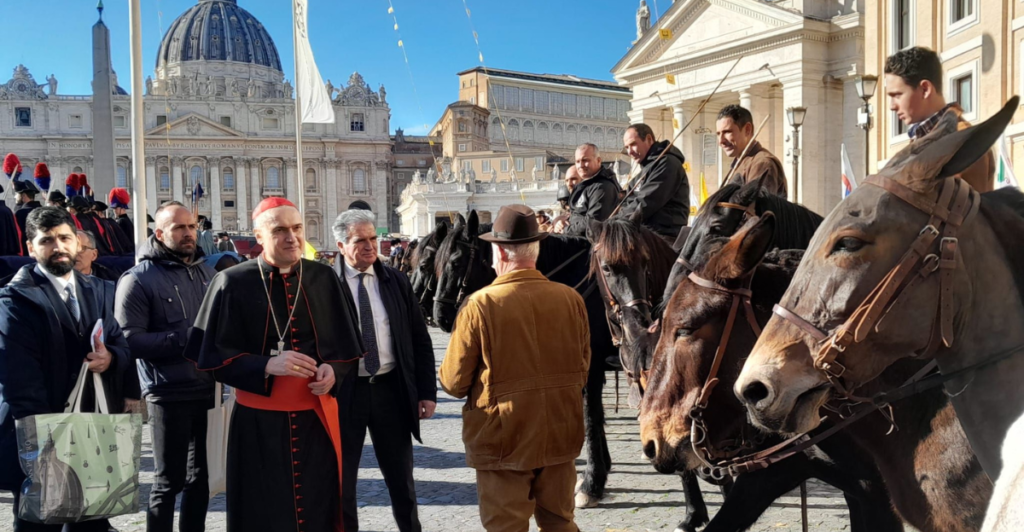
In January 2025, 80 horses from Italian military units gathered outside St. Peter’s Square to receive a blessing on the Feast of St. Anthony Abbot, a day traditionally honoring animals. At Pope Francis’s request, Cardinal Mauro Gambetti officiated the event.
These were not farm animals—they were symbols of authority and national pride. The presence of uniformed riders and a mounted band created a striking mix of martial spectacle and spiritual care. While Pope Francis frequently critiques modern society’s “throwaway culture,” this blessing suggests a broader ethic: even state machinery deserves sanctification if it upholds justice.
The ceremony also emphasized that animals serving in human systems still merit dignity and compassion, subtly shifting how religious tradition interacts with nationalism, duty, and the creatures that serve alongside us.
2. The Donkey Diplomacy—Papal Livestock and a Nod to Sustainability
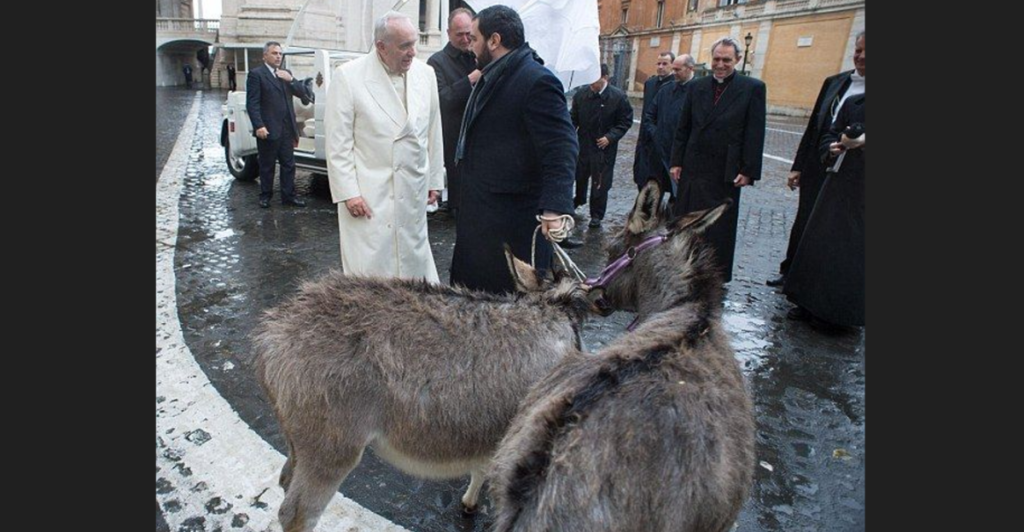
Back in 2014, Pope Francis accepted two donkeys—Thea and Noah—as gifts from a dairy cooperative, spotlighting the rise of donkey milk in Europe. Unlike his predecessor Benedict XVI, who questioned their presence in nativity scenes, Francis embraced the tradition.
He sent the animals to the papal estate at Castel Gandolfo, a working farm that houses chickens and cows. There, their milk was donated to a pediatric hospital, linking animal care with human well-being. The gesture revived medieval papal traditions and quietly championed sustainable farming.
In blessing these humble animals and integrating them into a living system of care and purpose, Pope Francis reinforced his belief that the welfare of animals and people is inseparable—both essential parts of a just, compassionate world.
3. Pushkin the Cat—A Feline Star in Catholic History
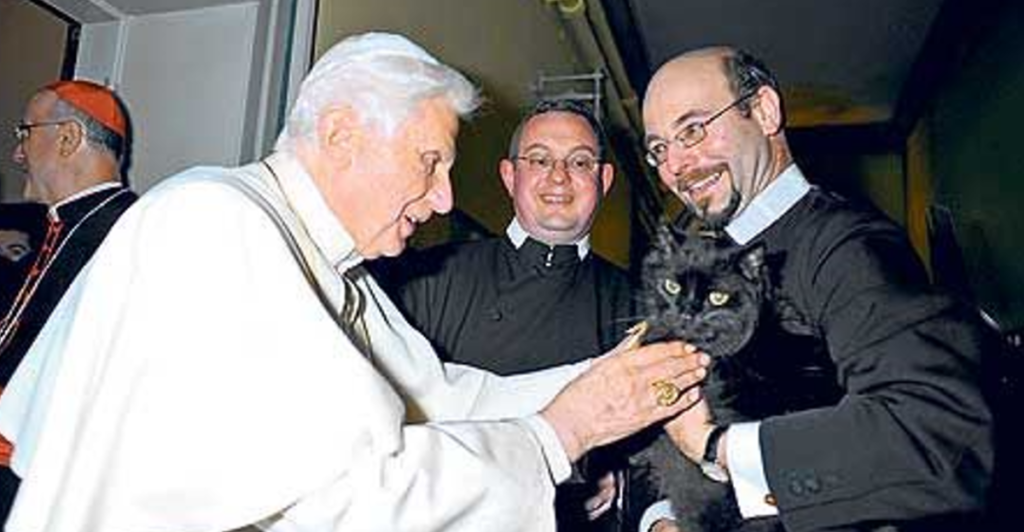
Pushkin, a black cat living at Birmingham Oratory, made headlines in 2010 after receiving Pope Benedict XVI’s blessing. Though this wasn’t under Pope Francis, the feline’s fame endured. Letters poured in from around the world, and Francis’s team later described animals as “reflections of God’s creativity.”
At the same time, Pope Francis warned against turning pets into child substitutes, saying this trend reflects deeper societal issues. Pushkin’s curious role in Catholic lore captures this balance. Under Francis, blessings of animals highlight their spiritual worth, but also come with caution against over-idolizing them.
The Church, he suggests, must distinguish between celebrating animals and centering them above deeper human responsibilities. Pushkin’s legacy lives on as a case study in devotion, debate, and modern Catholic identity.
4. The Designer Dog Moment—Luxury Pets and Spiritual Boundaries
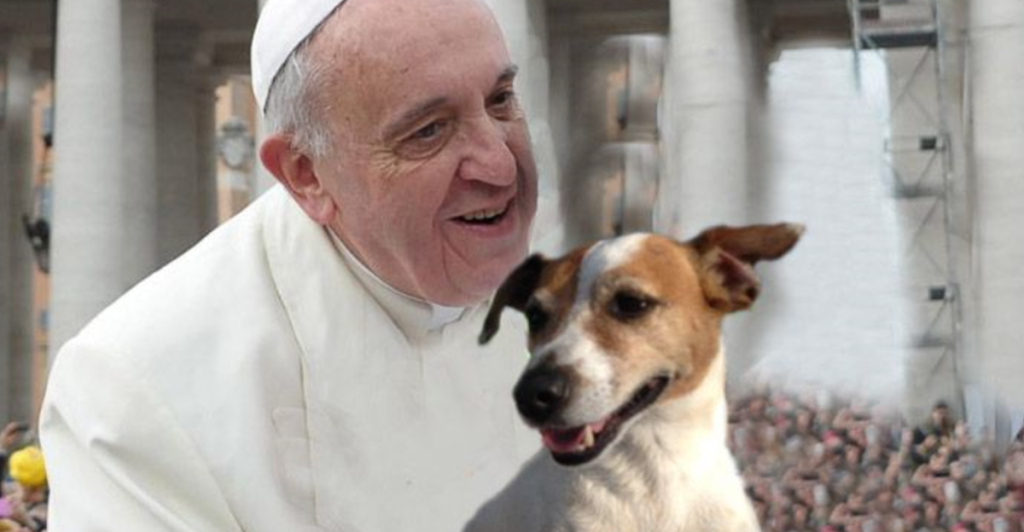
In a widely discussed encounter, a woman presented Pope Francis with her tiny dog tucked inside a designer handbag, asking for a blessing. The Pope’s reaction—part bemusement, part critique—ignited public debate.
Should spiritual rituals be reserved for service animals, or do pampered pets deserve inclusion too? Some viewed the blessing as trivializing tradition, while others saw it as acknowledging changing family dynamics, where pets often play emotional roles. Francis didn’t outright deny the request, offering a moment that was both thoughtful and provocative.
His response underscored a central tension: the Church must discern between embracing the dignity of animals and maintaining spiritual integrity. This incident revealed how the simple act of a blessing can spark larger questions about love, excess, and ethical boundaries.
5. Healing Animals—How Pope Francis Honored Therapy Companions
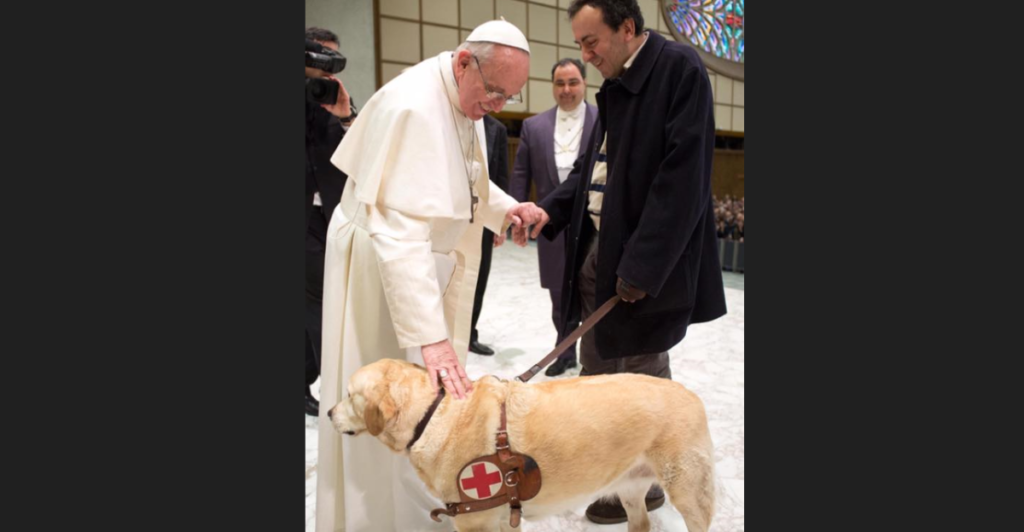
Among the animals Pope Francis has blessed are therapy animals—horses, donkeys, and other creatures trained to support individuals with trauma or disabilities. These blessings extend beyond sentiment; they affirm a sacred partnership between humans and animals in healing.
By acknowledging their therapeutic role, the Pope challenged traditional hierarchies that place humans above other beings. These animals aren’t just helpers—they’re co-participants in compassion. For many present, the blessings were deeply emotional, reinforcing the Church’s embrace of non-human contributors to health and recovery.
This moment also advanced the Pope’s broader message: compassion knows no species. As animals increasingly serve roles in physical and emotional care, their spiritual recognition by the Church reflects evolving values grounded in empathy and interconnectedness.
Laudato Si’—The Pope’s Call for Animal and Earth Ethics
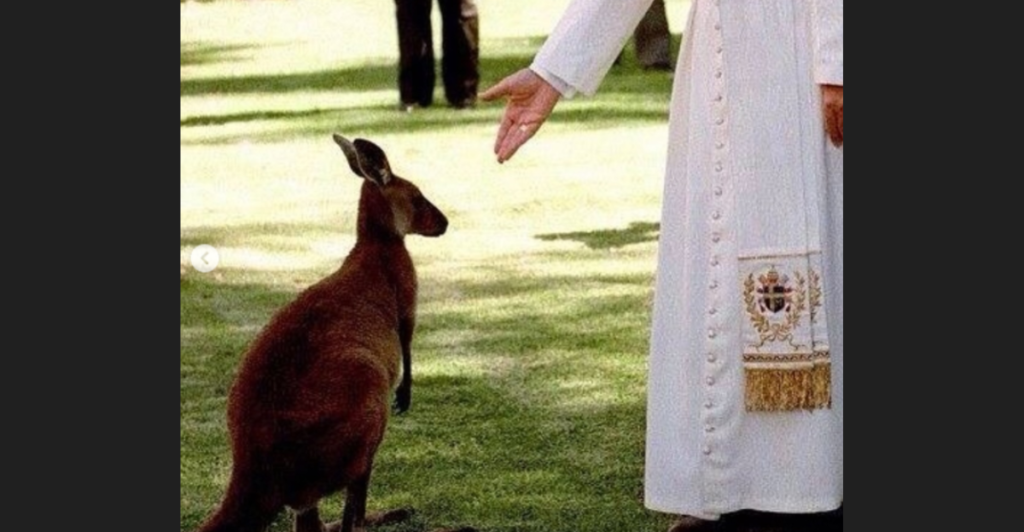
Pope Francis’ 2015 encyclical Laudato Si’ was a turning point in the Church’s environmental teaching. It explicitly connected animal welfare with human dignity, calling for an end to animal cruelty, factory farming, and unnecessary scientific testing.
He wrote that harming animals is “contrary to human dignity,” reframing how Catholics understand dominion over creation. Laudato Si’ offered more than theological reflection—it became a moral call to action. Activists, scholars, and everyday believers found in it a powerful endorsement for ethical stewardship of all life.
By grounding animal care within spiritual responsibility, Francis broadened the Church’s ethical landscape. His animal blessings, in this context, aren’t isolated gestures but part of a deeper, sustained effort to create a more compassionate and ecologically aware faith practice.
Reviving a Forgotten Feast—Honoring St. Anthony and Rural Animals

While many link animal blessings to St. Francis of Assisi, Pope Francis has revived another, older custom: blessing livestock on the Feast of St. Anthony Abbot, patron saint of domestic animals. Held each January, this tradition honors animals central to rural life—cows, pigs, chickens, and more.
In recent years, the Vatican’s ceremony has drawn farmers from across Italy, connecting the Church back to its agricultural roots. By blessing animals used in farming, the Pope emphasizes that their labor is sacred and their care essential.
It’s a vivid reminder that Catholic values around animals aren’t new—they’re deeply historical. Francis’s focus on St. Anthony highlights how faith can blend reverence for tradition with modern concerns, making animal welfare a timeless, living part of Christian practice.
Blessings in a Pandemic—Finding Hope Through Animals
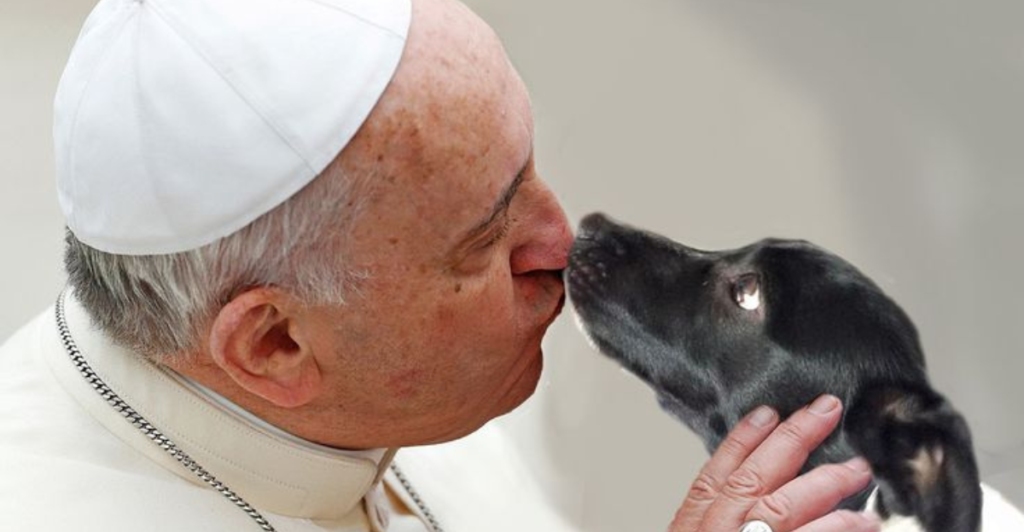
Amid the COVID-19 pandemic, Pope Francis’s blessings of animals took on renewed meaning. With the world in lockdown and many facing isolation, pets and farm animals offered emotional stability and companionship.
These blessings, seen during a time of global distress, became symbols of resilience. They reminded people that life’s interconnectedness extends beyond our species. Francis’s actions showed that animals are not just creatures to care for—they’re fellow beings helping us endure hardship.
The gesture offered spiritual comfort and underscored a broader message: that all life is interdependent. As the world healed, the Pope’s blessings stood as a quiet, powerful act of solidarity—between species, between the sacred and the everyday, and between suffering and compassion.
A Spiritual Shift in the Human-Animal Bond
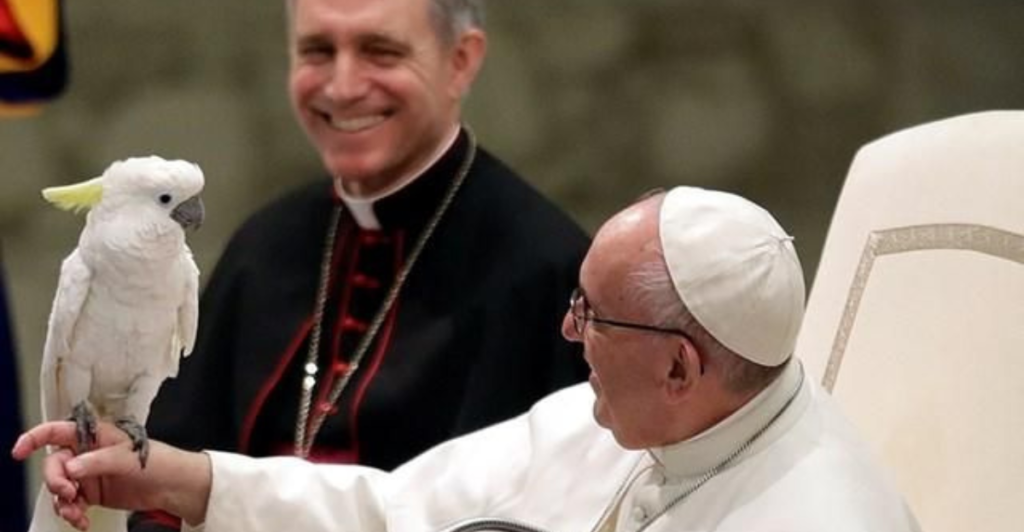
Pope Francis’s animal blessings aren’t just ceremonial—they signal a deeper evolution in how the Church approaches nature and ethics. By honoring animals in both ritual and doctrine, Francis reframes them not as property or background elements, but as sentient beings with intrinsic value.
Through encyclicals like Laudato Si’, pastoral moments, and revived traditions, he has helped reshape Catholic thought around ecological justice. His vision encourages believers to adopt a more compassionate, inclusive ethic—one that embraces the full web of life.
In an age of climate urgency and ethical awakening, these blessings remind us that spiritual leadership can help reimagine humanity’s place in the world, offering a faith-driven path toward harmony with creation.
Explore more of our trending stories and hit Follow to keep them coming to your feed!

Don’t miss out on more stories like this! Hit the Follow button at the top of this article to stay updated with the latest news. Share your thoughts in the comments—we’d love to hear from you!







